Can repurposing recycled batteries into energy storage components truly herald a renaissance for the new energy industry? Indeed, this approach holds significant potential to revitalise the sector. However, its development must overcome three key bottlenecks: technological challenges, safety concerns, and market limitations. Achieving large-scale implementation will require policy support and seamless coordination across the industrial chain.
From a resource value perspective, while retired power batteries no longer meet the high-performance demands of electric vehicles, their residual capacity remains sufficient for low-intensity energy storage applications. Domestic energy storage can balance electricity demand by storing photovoltaic power during daylight hours and discharging it at night. Scenarios such as telecommunications base stations and microgrids in remote areas require lower battery performance standards; repurposed batteries, after being reconfigured, can effectively enhance power supply stability.
Battery testing and reconfiguration are core processes. Retired batteries must undergo capacity testing, internal resistance analysis, and safety assessments to identify usable cells. Intelligent matching technology then balances performance variations between cells to ensure pack consistency. With advancements in battery management systems, operational data traceability is now achievable for some recycled batteries, reducing manual inspection costs.
Retired batteries generally exhibit lower safety standards than new ones. Risks such as thermal runaway and cycle life degradation require rigorous testing and enhanced management protocols. Destructive tests including crush, overcharge, and needle penetration assess safety, while assembly necessitates higher-grade thermal insulation materials and temperature monitoring systems.
Cost structures and profit models require further optimisation. Although secondary use costs are lower than new batteries, processes like inspection, reconfiguration, and transportation still inflate overall expenses. Combined with raw material price volatility, this limits profitability for some projects. Furthermore, unregulated recycling channels allow large volumes of retired batteries to flow into small workshops, wasting resources and potentially causing environmental pollution through illegal dismantling.
Can repurposed batteries truly become the ‘second spring’ for the new energy industry? Major global economies have integrated battery recycling into circular economy strategies, legislating requirements for recycling quotas and carbon footprint traceability. Domestically, the implementation of Extended Producer Responsibility (EPR) is fostering a closed-loop ecosystem among automakers, battery manufacturers, and recyclers, driving unified technical standards and data sharing.

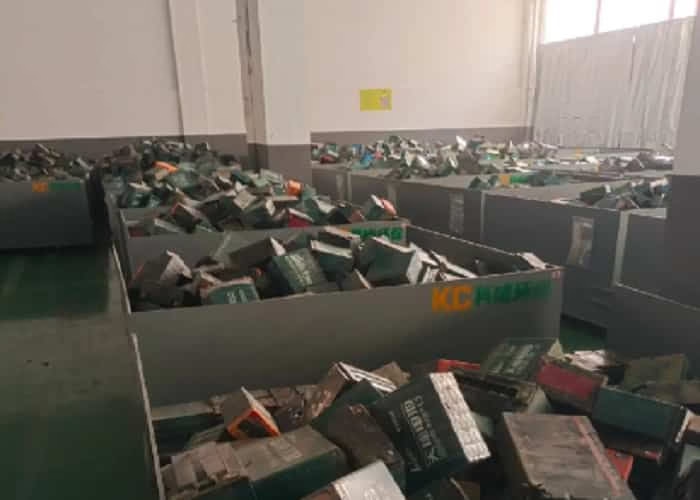

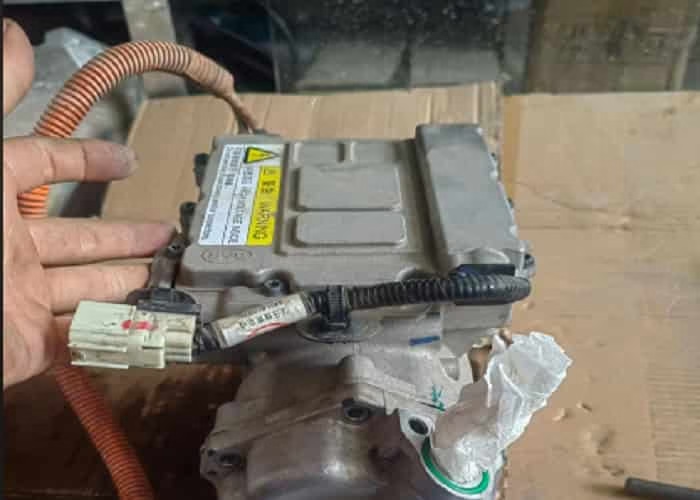


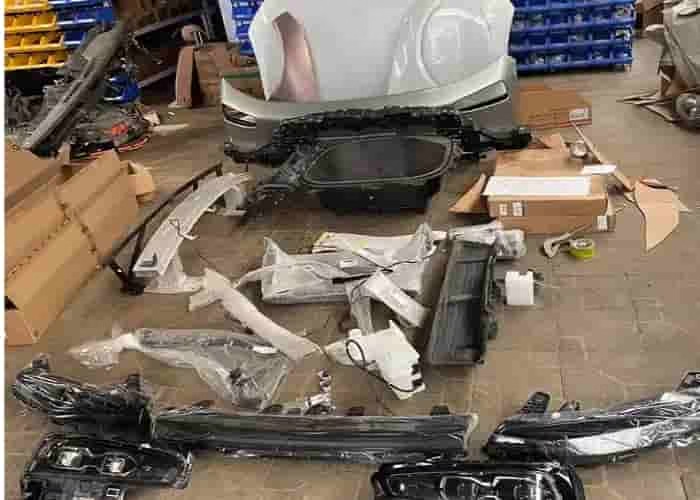
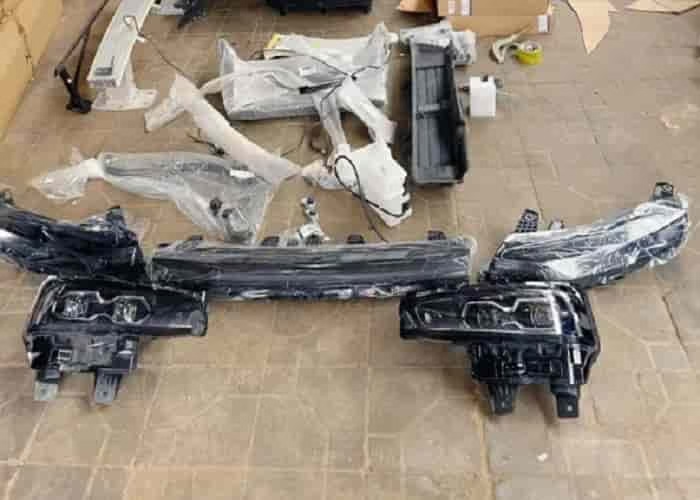
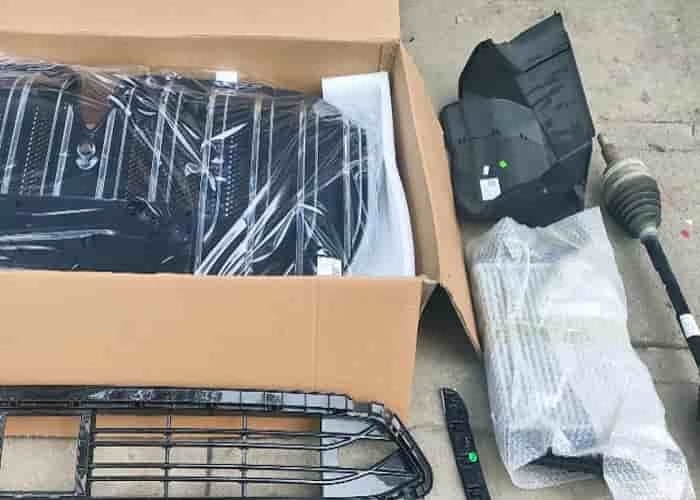


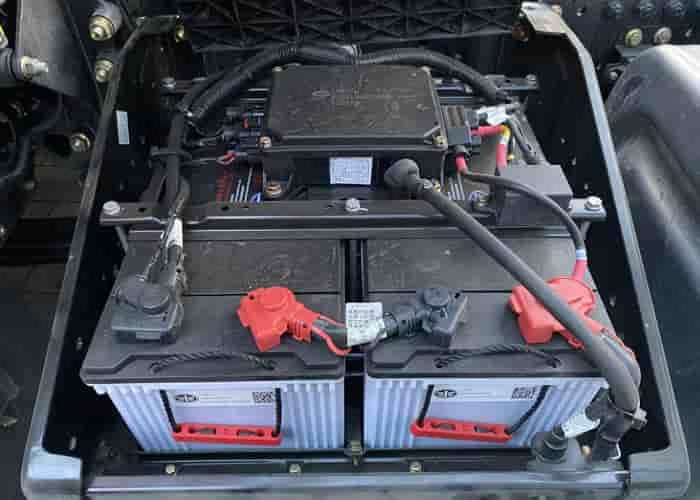

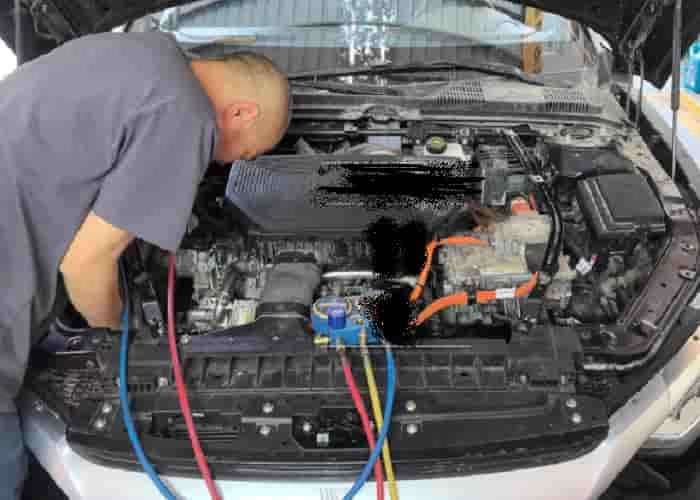
Leave a Reply